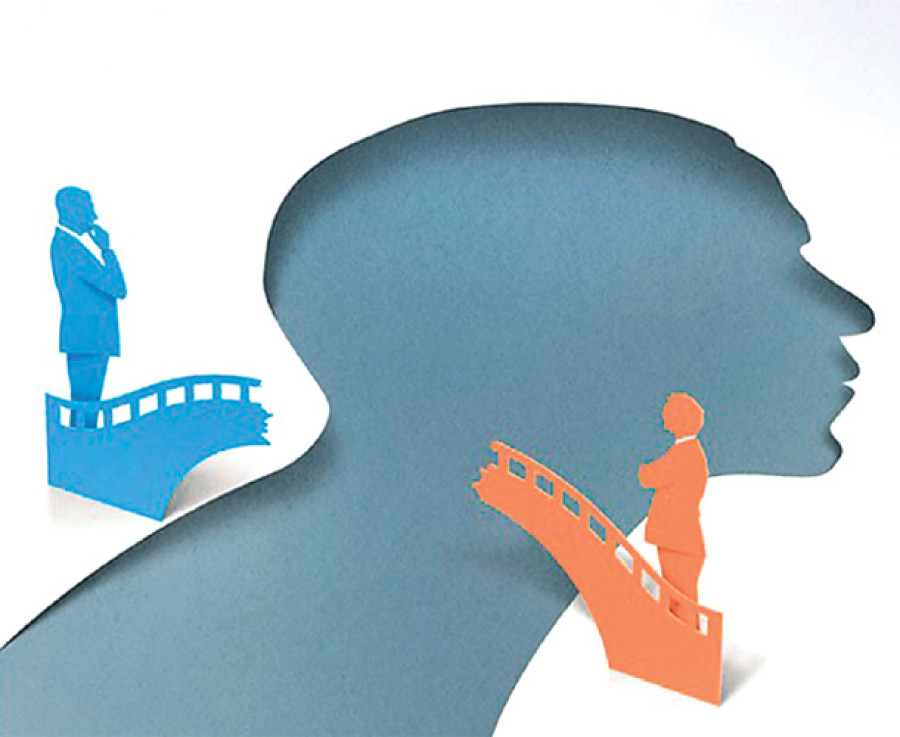Opinion
Ten years after
The Madhes movement has helped to make Madhesis more confident and assertive
Randhir Chaudhary
Unrest began in the Madhes after Upendra Yadav and some Madhesis were arrested in Kathmandu for burning the Interim Constitution 2007. When Ramesh Mahato was shot dead by a then Maoist leader Ram Karki in Lahan, the agitation spread through the southern plains of Nepal and set off a chain of events. More than four dozen Madhesi youths lost their lives. The then prime minister Girija Prasad Koirala agreed that Nepal would be a federal country to the great dislike of the establishment.
There used to be a time when Madhesis did not have the confidence to hold demonstrations in the nation’s Capital. However, the series of Madhes movements have emboldened them to hold protests even in the vicinity of Singha Durbar. They are also defending Madhesi issues against hill intellectuals in the media. Another achievement is that many organisations have begun documenting the history of the Madhes, and some are monitoring the human rights situation in the Tarai. More importantly, the Madhesis have begun to challenge manipulation by the state.
When the major political parties agreed to defer some of the contentious topics and issued a draft constitution without delineating or naming the proposed federal states, Madhesi intellectuals concluded that the 16-point agreement had been forged to sideline federalism gradually. Madhesi activists Vijay Kanta Karna and Rita Sah challenged the pact in the Supreme Court where advocate Dipendra Jha argued that the agreement violated the Interim Constitution.
Constitution implementation
Unaddressed Madhesi issues have stalled the implementation of the constitution. Moreover, the Madhes movement has brought all the marginalised communities under one banner to challenge the status quo. The merger of Upendra Yadav and Ashok Rai’s parties prove this. The movement has also inspired Limbuwan, Khambuwan and Kochila to step forward to get their legitimate rights in Nepal. It has also given Madhesi youths an opportunity to get involved in issues that concern them. Now they know how Kathmandu sees the Madhesis and other marginalised communities. During previous movements, no action was taken even though many people lost their lives. However, after the recent Madhes movement, a high level enquiry commission has been formed to probe violations by both state and non-state actors.
Like during the first CA election, Madhesi parties have won a large number of seats. The United Madhesi Democratic Front (UDMF) got busy forming a government by misusing its 83 seats in the CA. Madhesi parties fragmented and as a result, they lost the respect of the Madhesi people. Likewise, Madhesis are also asking their leaders why they had joined the two prime ministerial elections in Parliament. More interestingly, the older parties and their supporters have been spreading talk among Madhesis that leaders of Madhesi parties have accepted the constitution.
Proceed with caution
Kathmandu’s political elite should understand that it does not matter how many seats they win in the election from the Madhes. What matters is how honestly they handle the deeply rooted issues of marginalised people. One of the pivotal reasons behind the frequent movements in Madhes is centralisation of power in Kathmandu by specific ethnic groups. So until proportional representation in all state apparatuses is assured, unrest in the Tarai will continue in the coming days. For instance, lawyers from marginalised groups have started agitating after the unconstitutional recruitment of High Court judges. This wrong step by Kathmandu has led to frustration among marginalised people, even those who have started to accept the constitution.
One major thing I would say to leaders of the Madhesi parties is this: If they really think that their fight with the establishment is unstoppable, they should bring change in their political behaviour. For this, they need to think above their caste. The composition of the Madhesi parties shows as if they have formed a caste club. They should also listen to the argument of the Madhesi people. If their agenda is the same and their political territory is the same, why have they not been able to form a common political party with a common flag and election emblem? In a nutshell, both Kathmandu and the Madhesi leaders should handle the frustrations of marginalised people cautiously because there are radical forces waiting to capitalise on their dissatisfaction.
Chaudhary holds a Bachelor of Laws degree. He can be reached at [email protected]




 7.12°C Kathmandu
7.12°C Kathmandu










